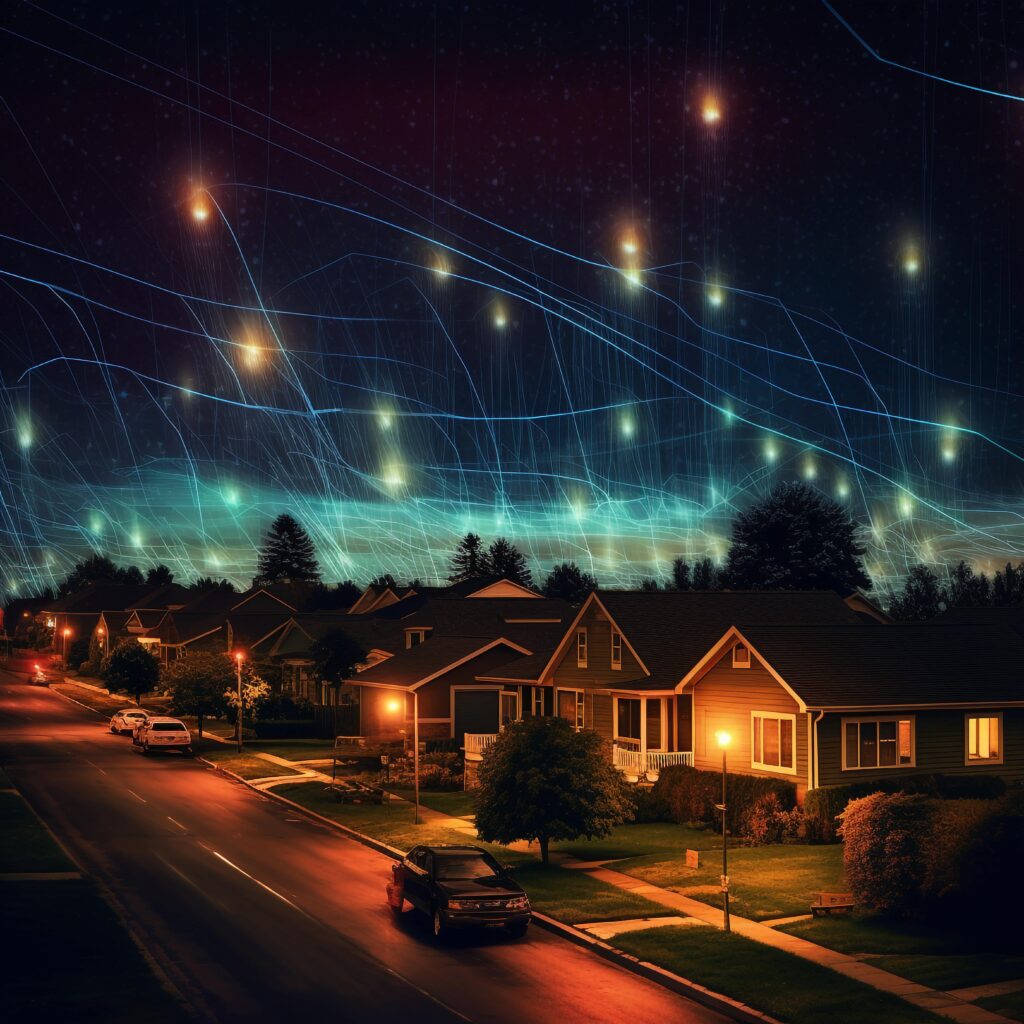Solar energy has revolutionized the way we harness power from the sun, providing a clean and renewable source of electricity during daylight hours. However, the challenge of storing solar energy for use at night or during cloudy periods has led to the development of innovative energy storage solutions. In this article, we will explore the symbiotic relationship between solar energy and energy storage, highlighting how this dynamic duo is reshaping the landscape of sustainable power generation.
1. The Solar Energy Advantage
Solar energy, harvested through photovoltaic (PV) panels, is a reliable and abundant source of electricity during the day. As sunlight strikes the panels, it generates a direct current (DC) that can be converted into alternating current (AC) for immediate use or distribution. Solar power is eco-friendly, reduces carbon emissions, and offers a promising alternative to traditional fossil fuels.
2. The Challenge of Energy Storage
While solar energy production is highly effective during daylight hours, energy demand continues into the evening and night. This discrepancy between production and demand necessitates effective energy storage solutions. Traditional batteries, like lithium-ion batteries, are playing a pivotal role in storing excess solar energy for use during periods of low or no sunlight.
3. Battery Energy Storage Systems (BESS)
Battery Energy Storage Systems (BESS) have emerged as a transformative solution for bridging the gap between solar energy production and consumption. These advanced batteries store surplus energy generated by solar panels during the day and discharge it when needed. BESS not only extend the usability of solar power into the night but also offer grid stabilization benefits by providing rapid response to fluctuations in demand.
4. Load Shifting and Peak Demand Management
Energy storage allows for load shifting, a practice where excess solar energy is stored during off-peak hours and released during peak demand times. This strategy helps alleviate strain on the grid during high-demand periods and reduces the need for additional power generation sources. Additionally, stored solar energy can be used to power critical appliances during power outages, enhancing grid resilience.
5. Integrating Energy Storage with Smart Grids
The integration of energy storage with smart grids maximizes the benefits of both technologies. Smart grids can automatically manage the flow of energy between solar panels, batteries, and the grid, optimizing energy use and ensuring reliable power supply. This synergy creates a flexible energy ecosystem capable of adapting to changing conditions and demands.
6. Advancing Energy Storage Technologies
Research and innovation in energy storage technologies continue to drive advancements. Emerging technologies, such as flow batteries, solid-state batteries, and thermal energy storage, hold the promise of higher energy densities, longer lifespans, and faster charging/discharging rates. These innovations will further enhance the efficiency and scalability of energy storage systems.
Conclusion
Solar energy and energy storage are transforming the way we generate, store, and utilize electricity. Together, they form a formidable partnership that overcomes the intermittent nature of solar power, providing a continuous and reliable energy supply. As energy storage technologies evolve and become more cost-effective, the vision of a sustainable future powered by solar energy, day and night, is becoming an achievable reality.
“The marriage of solar energy and energy storage is illuminating a path to 24/7 clean and renewable power.” – Unknown
Be Smart, Be Solar, Be BrightEra!!.
Send us your information https://bit.ly/BeBrightEraEnergy

